The history of the world’s most famous museums
Museums have a unique way of capturing the imagination, offering visitors a chance to journey through time and across cultures. Whether it’s the allure of ancient artifacts or the beauty of modern masterpieces, these institutions showcase humanity’s most celebrated artistic and historical achievements.
As portals to the past and gateways to creativity, museums invite us to explore the depths of our shared heritage, prompting reflection and inspiring wonder in every visitor.
The Louvre: From Fortress to Art Lover’s Paradise

The Louvre in Paris is not just the world’s largest art museum but also one of the most historical, originally built as a fortress in the late 12th century. Today, it houses over 500,000 pieces, including the enigmatic Mona Lisa and the striking Venus de Milo.
Despite its vast size, the Louvre is incredibly accessible, with its iconic glass pyramid entrance becoming a symbol of the fusion between contemporary and traditional art experiences.
The British Museum: A Journey Through Time and Empires
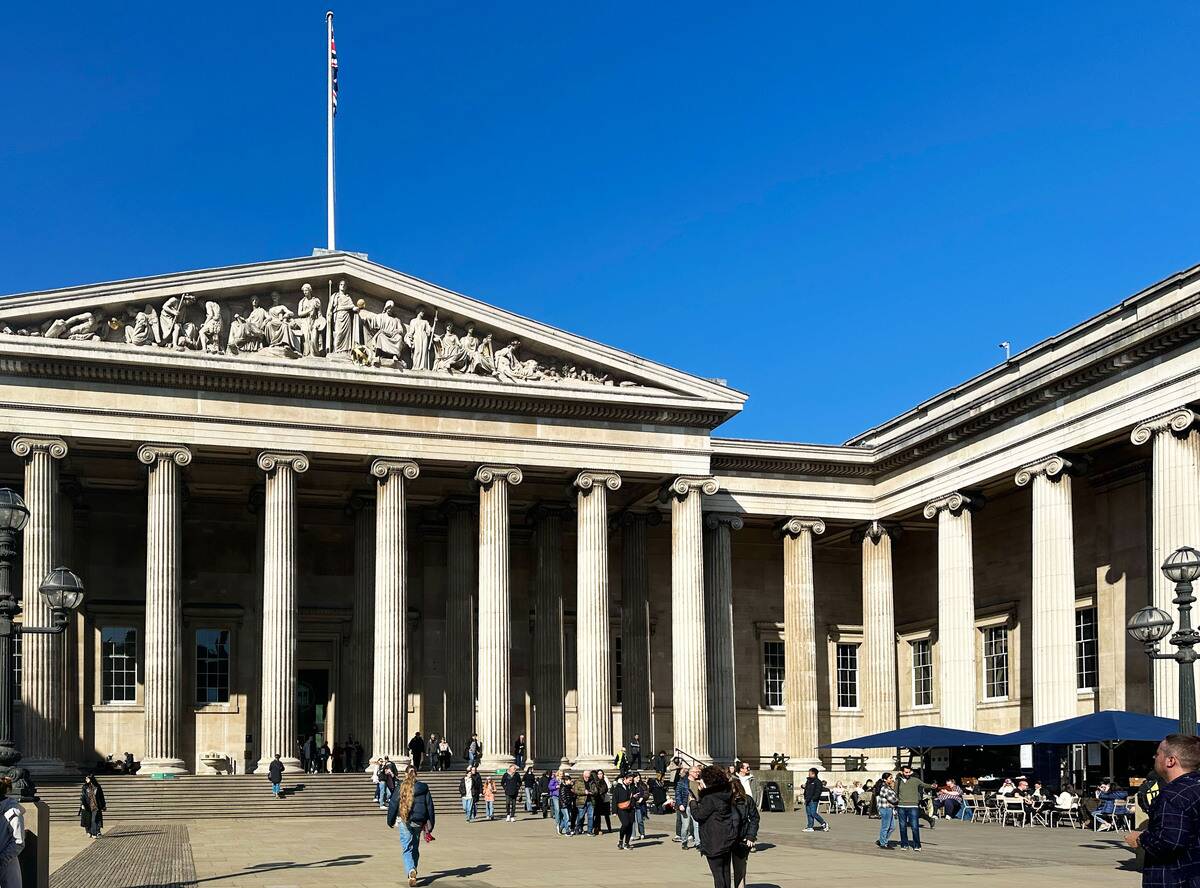
Home to over eight million works, the British Museum offers a journey through human history, from the Rosetta Stone to Egyptian mummies. Established in 1753, it was the first national museum to cover all fields of human knowledge.
Its dedication to global history is evident in its diverse collections, making it a must-visit for anyone interested in the stories of civilizations past and present.
The Vatican Museums: Where Art Meets Spirituality

The Vatican Museums, established in the early 16th century, are a testament to the intersection of art and spirituality. With an impressive collection that includes Michelangelo’s Sistine Chapel ceiling, these museums attract millions of visitors annually.
Every corner reveals a new masterpiece, inviting contemplation on the divine and the artistic genius that has defined centuries of religious and cultural history.
The Metropolitan Museum of Art: New York’s Cultural Crown Jewel

The Met, as it’s affectionately known, spans about two million square feet, making it one of the largest art museums in the world. Located on the edge of Central Park, it offers an encyclopedic collection ranging from ancient Egyptian artifacts to modern American art.
Its annual Costume Institute Gala, known as the Met Gala, further cements its status as a cultural and fashion icon.
The State Hermitage Museum: Russia’s Artistic Treasure Trove

Founded by Catherine the Great in 1764, the State Hermitage Museum in Saint Petersburg is a monumental complex with about three million items. Its collections are housed in the stunning Winter Palace, a vibrant testament to Russia’s imperial past.
The museum’s vast array of paintings, sculptures, and decorative art pieces spans cultures and centuries, making it a vital destination for art lovers worldwide.
The Uffizi Gallery: Renaissance Wonders in Florence
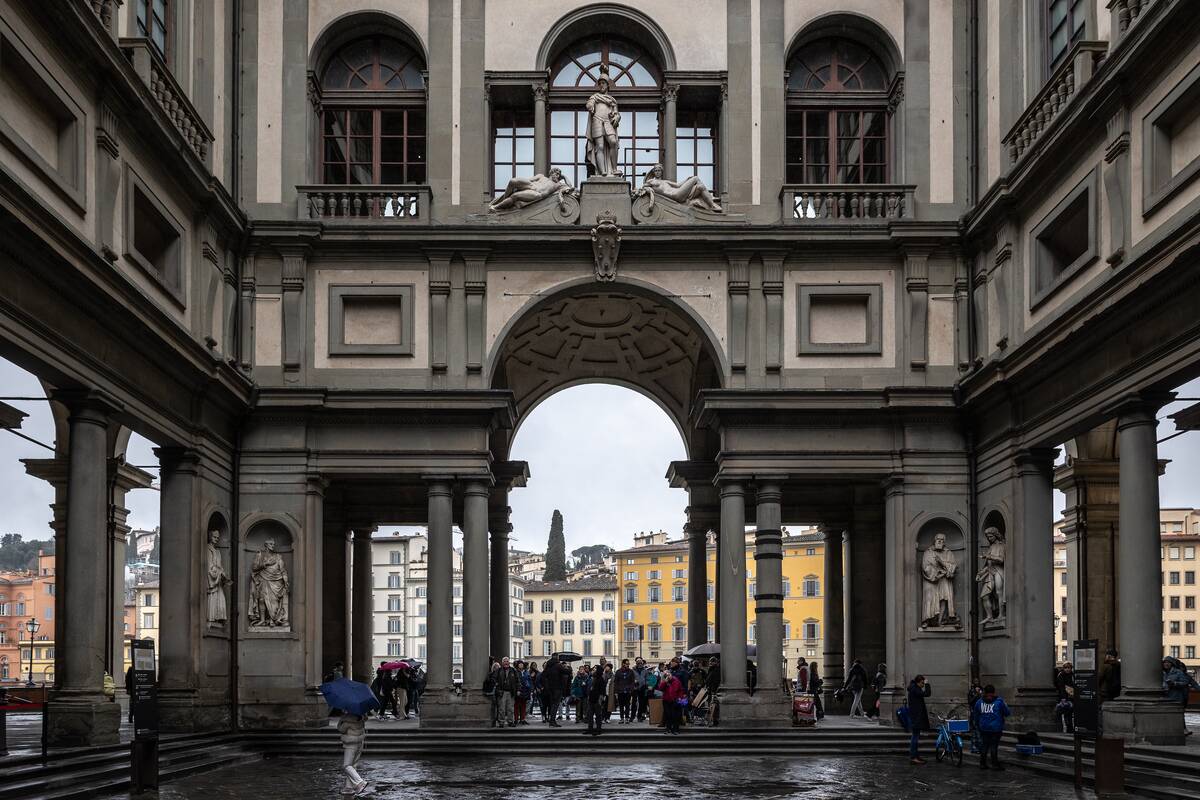
The Uffizi Gallery, located in Florence, is a treasure trove of Renaissance art, with works by masters such as Botticelli, Michelangelo, and Leonardo da Vinci. Its origins trace back to the Medici family, whose patronage was instrumental in the flourishing of the arts.
Walking through its halls is like stepping back into the Renaissance era, where innovation and beauty were intertwined.
The Prado Museum: Spain’s Artistic Legacy
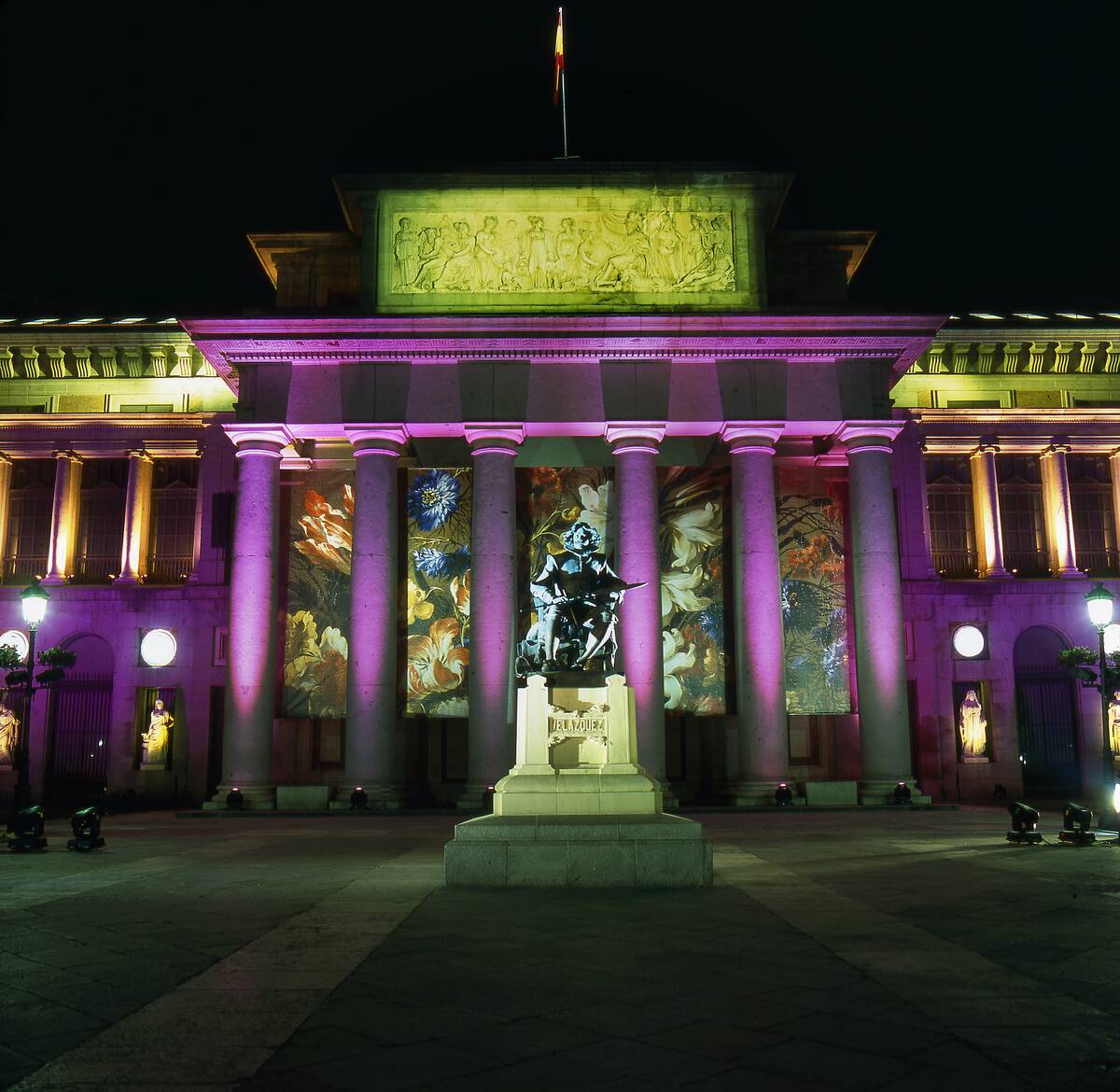
Madrid’s Prado Museum is synonymous with Spanish art, boasting an extensive collection that includes works by Velázquez, Goya, and El Greco. Since its opening in 1819, the museum has been a beacon for those seeking to understand Spain’s rich artistic heritage.
Its galleries not only showcase Spanish masters but also highlight significant European works, offering a well-rounded cultural experience.
The Rijksmuseum: Celebrating Dutch Masterpieces
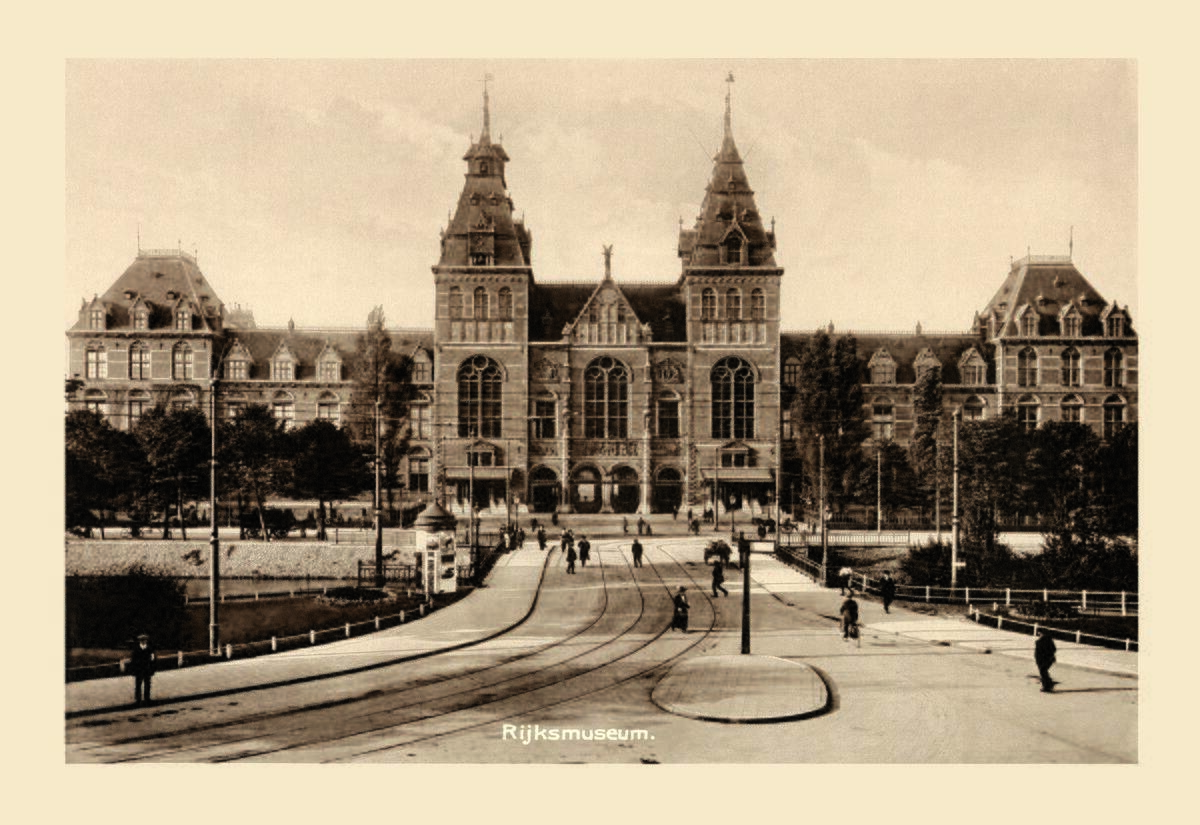
The Rijksmuseum in Amsterdam is renowned for its collection of Dutch Golden Age paintings, with masterpieces by Rembrandt and Vermeer. Reopened in 2013 after a decade-long renovation, the museum combines historical architecture with modern design.
Visitors can explore Dutch history through art, from maritime adventures to domestic scenes, all of which reflect the Netherlands’ rich cultural tapestry.
The National Gallery: London’s Artistic Heart

The National Gallery in London houses over 2,300 paintings, drawing art lovers to Trafalgar Square for nearly two centuries. Opened in 1824, the museum offers free admission to its vast collection, which spans from the 13th to the 20th centuries.
With iconic pieces like Van Gogh’s Sunflowers, it remains a beloved institution showcasing the evolution of European painting.
The Guggenheim Museum: Architectural Icon and Modern Art Hub
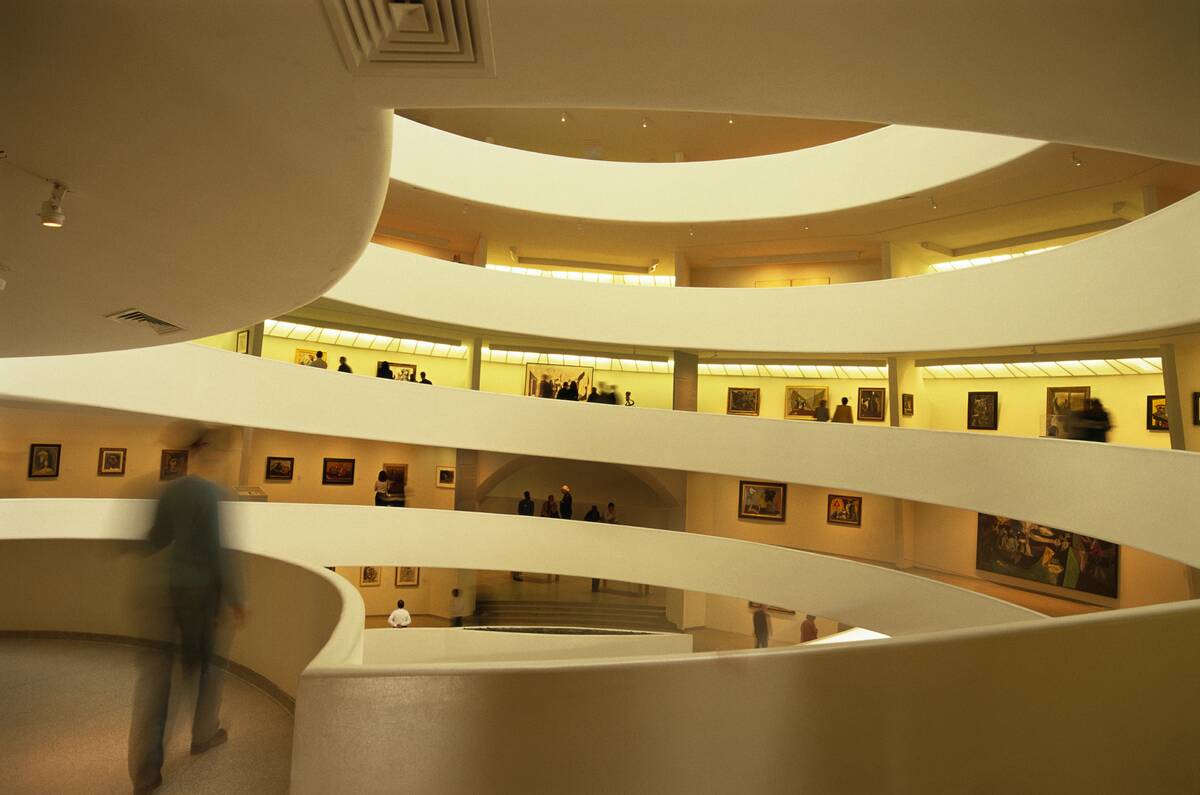
Designed by Frank Lloyd Wright, the Guggenheim Museum in New York is as famous for its architecture as it is for its collection of modern and contemporary art. Opened in 1959, its spiraling ramp gallery offers a unique viewing experience, showcasing works by artists like Kandinsky and Picasso.
The museum’s innovative design and cutting-edge exhibitions continue to captivate art enthusiasts.
The Smithsonian Institution: America’s Attic of Knowledge

Comprising 19 museums, the Smithsonian Institution in Washington, D.C., is often referred to as “America’s Attic.” It holds over 157 million artifacts, from the Star-Spangled Banner to the Apollo lunar module.
Founded in 1846, its dedication to education and preservation makes it a cornerstone of American culture, where every visit promises new discoveries across a multitude of disciplines.
The Museum of Modern Art (MoMA): Defining Modern Art in NYC

MoMA in New York City redefined what a museum could be when it opened in 1929, focusing on modern and contemporary art. With groundbreaking pieces like Van Gogh’s Starry Night and Warhol’s Campbell’s Soup Cans, it has become a pivotal institution for art lovers.
MoMA’s commitment to innovation is evident in its dynamic exhibitions and educational programs, continually shaping the art world’s future.
The Musée d’Orsay: Parisian Home to Impressionism

Housed in a former railway station, the Musée d’Orsay in Paris is celebrated for its collection of Impressionist and Post-Impressionist masterpieces. Visitors can admire works by Monet, Degas, and Van Gogh, among others.
Opened in 1986, the museum’s innovative use of space and light enhances the viewing experience, making it a must-visit for anyone interested in 19th-century art.
The Acropolis Museum: Ancient Greece Brought to Life
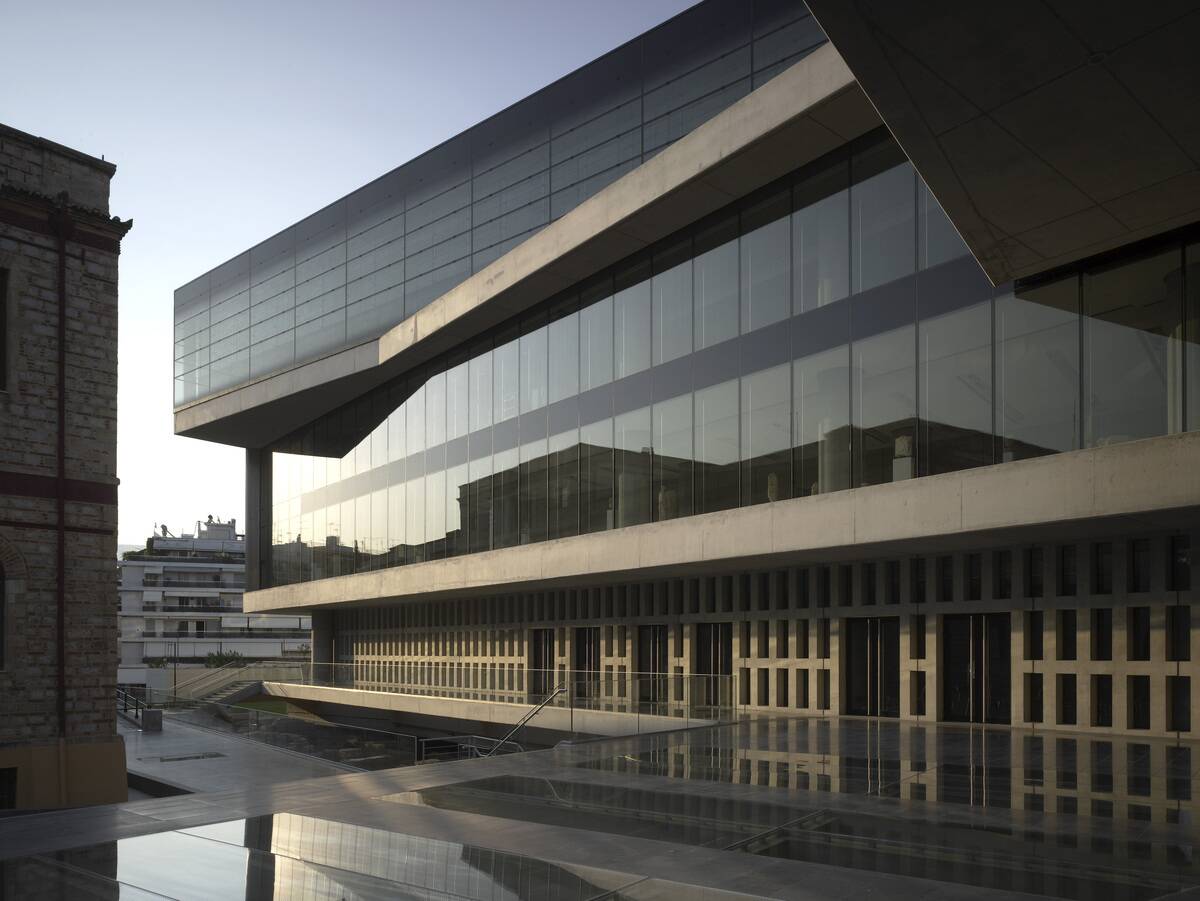
The Acropolis Museum in Athens offers a fascinating glimpse into ancient Greek civilization. Opened in 2009, it houses artifacts from the Acropolis, including sculptures from the Parthenon.
Its modern design, with floor-to-ceiling windows, provides stunning views of the historic site, creating a powerful connection between the past and present. The museum’s collections illuminate the artistry and innovation of ancient Greece.
The Art Institute of Chicago: A Midwest Marvel
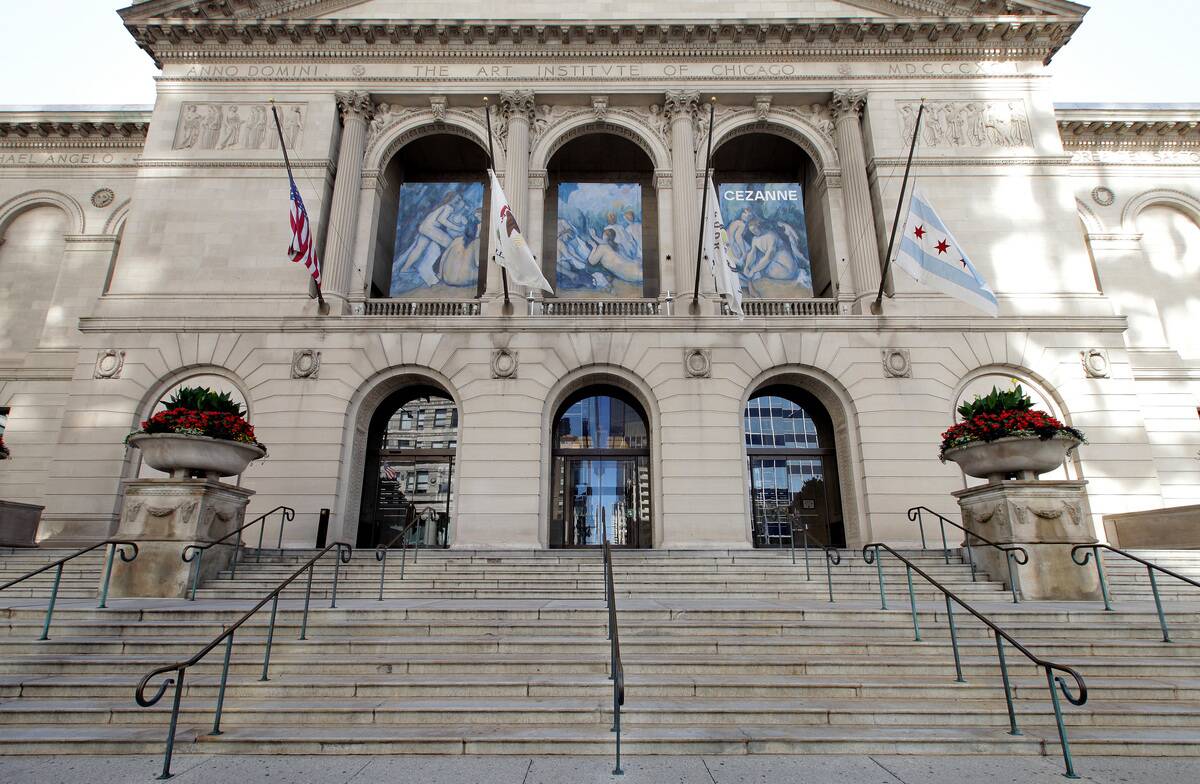
The Art Institute of Chicago is home to an impressive array of artworks, including Grant Wood’s American Gothic and Georges Seurat’s A Sunday on La Grande Jatte. Established in 1879, its collection spans centuries and continents, offering a comprehensive look at art history.
The museum’s iconic lions at its entrance have become a beloved symbol of Chicago’s vibrant cultural scene.
The National Palace Museum: Preserving Chinese Heritage
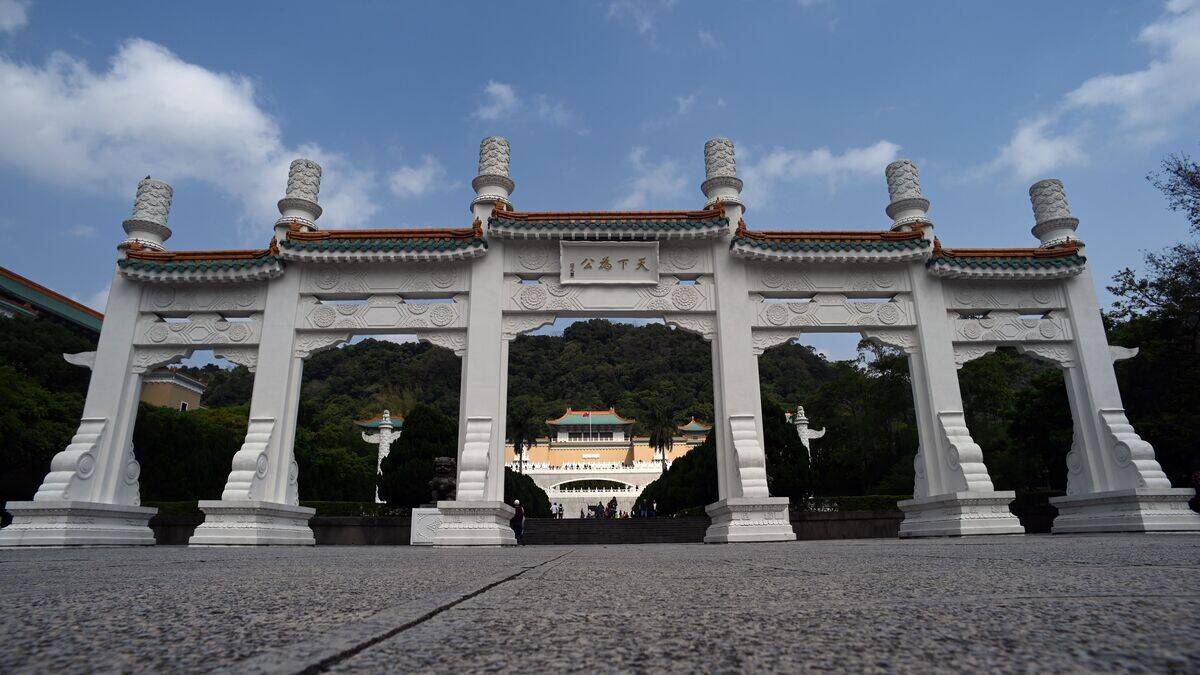
Located in Taipei, Taiwan, the National Palace Museum holds one of the largest collections of Chinese art and artifacts, with pieces dating back over 8,000 years. Its origins trace back to Beijing’s Forbidden City, with treasures transported to Taiwan during the Chinese Civil War.
The museum’s dedication to preserving Chinese heritage is evident in its carefully curated exhibitions and educational programs.
The Pergamon Museum: Berlin’s Historical Gem
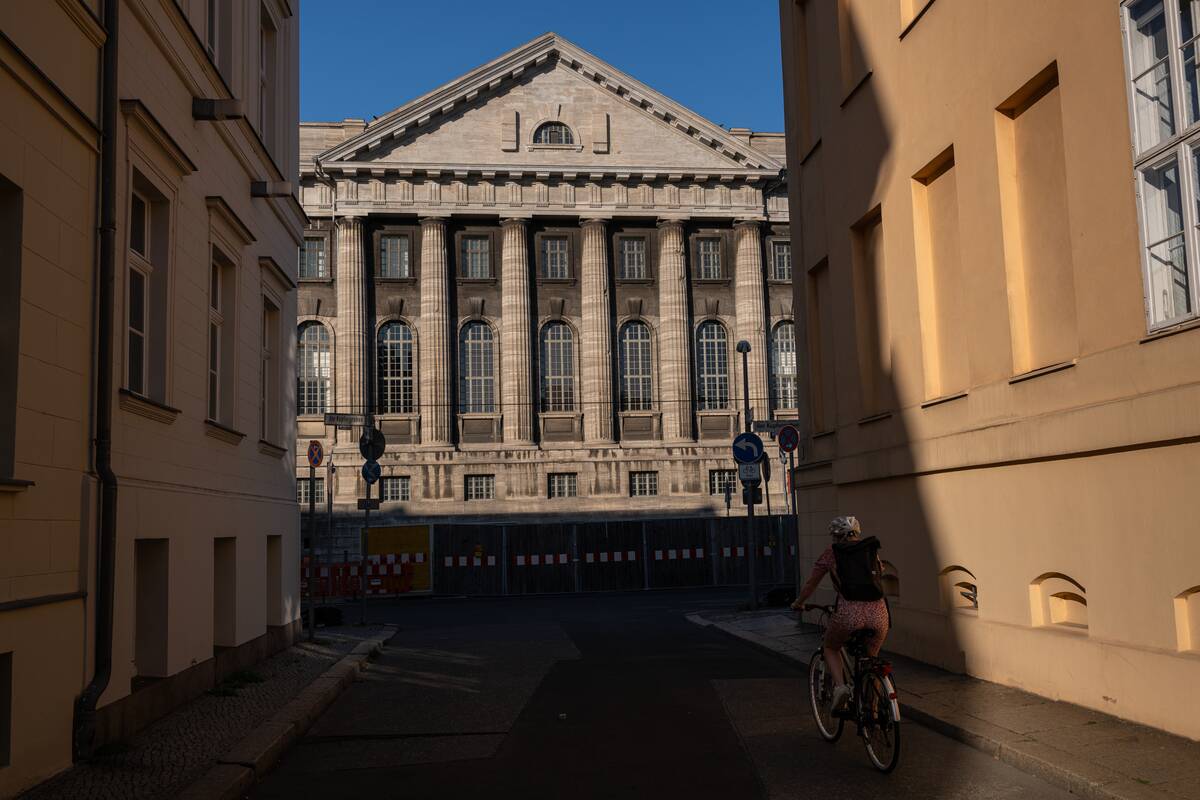
Situated on Berlin’s Museum Island, the Pergamon Museum is renowned for its monumental reconstructions of ancient structures, including the Pergamon Altar and the Ishtar Gate of Babylon. Opened in 1930, it offers a unique experience for history enthusiasts.
The museum’s collections span multiple cultures, providing insights into ancient civilizations and their architectural and artistic achievements.
The Getty Center: Art, Architecture, and Panoramic Views in LA

Perched atop a hill in Los Angeles, the Getty Center is a masterpiece of architecture and art. Designed by Richard Meier, the museum offers breathtaking views of the city alongside its impressive collection of European paintings, sculptures, and decorative arts.
Opened in 1997, the Getty Center is a cultural oasis, known for its striking design and commitment to accessibility and education.
The Museum of Egyptian Antiquities: A Portal to Ancient Egypt

Cairo’s Museum of Egyptian Antiquities is a treasure trove of ancient Egyptian artifacts, including the iconic golden mask of Tutankhamun. Established in 1902, it houses over 120,000 items, providing a comprehensive look at Egypt’s rich history.
The museum’s extensive collections offer an unparalleled opportunity to explore the wonders of ancient Egypt, from mummies to hieroglyphs, captivating visitors from around the world.




